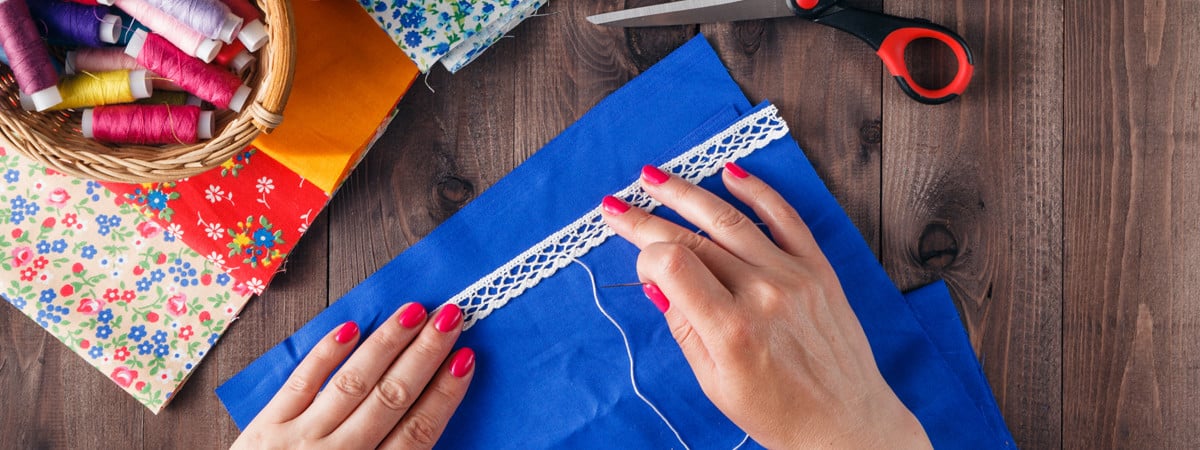In a world of mass production and automation, there is a growing appreciation for the handmade and artisanal. People are increasingly drawn to products that are unique, well-crafted, and made with care.
The terms “handmade” and “artisanal” are often used interchangeably, but there is a subtle difference between the two. Handmade simply refers to something that is made by hand, while artisanal implies a higher level of skill and craftsmanship. Artisans are typically experts in their field, and they use their knowledge and skills to create products that are both functional and beautiful.
The handmade and artisanal movement is fueled by a number of factors, including a desire for authenticity, quality, and sustainability. People want to know that the products they buy are made with high-quality materials and that they support artisans who are passionate about their work. They also want to buy products that are made in a sustainable way, with minimal environmental impact.
There are many different types of handmade and artisanal products available, from jewelry and clothing to home décor and food. Some of the most popular handmade and artisanal products include:
- Jewelry: Handmade jewelry is often made with unique and high-quality materials, such as gemstones, recycled metals, and reclaimed materials. Artisans use a variety of techniques to create handmade jewelry, including soldering, casting, and beading.
- Clothing: Handmade clothing is often made with sustainable and ethical materials, such as organic cotton and fair trade fabrics. Artisans use a variety of techniques to create handmade clothing, including sewing, knitting, and crocheting.
- Home décor: Handmade home décor items can add a touch of personality and style to any home. Popular handmade home décor items include pottery, textiles, and woodworking.
- Food: Handmade food is often made with fresh, local ingredients. Artisanal food producers use traditional methods to create unique and delicious products, such as cheese, bread, and chocolate.
The handmade and artisanal movement is a positive development for a number of reasons. It supports skilled artisans and helps to preserve traditional crafts. It also encourages people to appreciate the value of high-quality, well-made products.
There are many ways to support the handmade and artisanal movement. You can buy handmade products from local artisans or online retailers. You can also visit craft fairs and markets to see and purchase handmade products. And, if you have a creative side, you can even try making your own handmade products.
Here are some tips for finding and buying high-quality handmade and artisanal products:
- Look for products that are made with high-quality materials.
- Support artisans who are passionate about their work.
- Buy products from retailers who are committed to ethical and sustainable practices.
- Ask questions about the products you are interested in. Artisans are usually happy to talk about their work and the materials they use.
- Don’t be afraid to negotiate on price. Artisans are often willing to negotiate, especially if you are buying multiple items.



